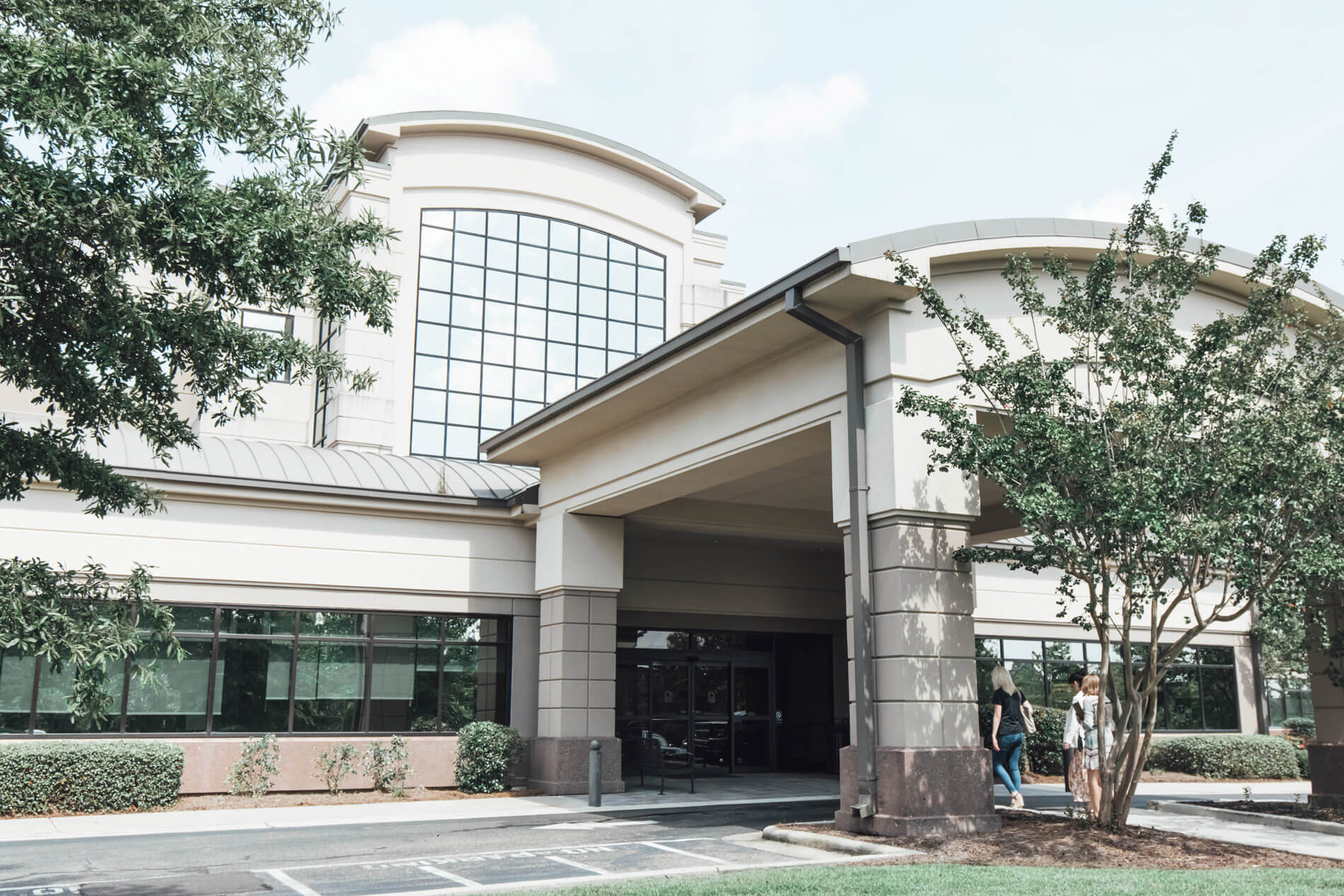Cross Addiction: Replacing Substances with Compulsive Behaviors
Replacing One Addiction with Another
Cross addiction, also called addiction transfer, occurs when someone exhibits two or more addictive behaviors. These can include physical dependence on alcohol or additional substances, but they can also take the form of behavioral addictions: eating, gambling, or other compulsive behaviors.
Cross addictions don’t have to happen at the same time. In fact, a new dependency frequently develops as people seek treatment for their initial drug or alcohol problem. Read on to learn the machinations and warning signs behind this common recovery obstacle.
How Does Cross Addiction Happen?
Addiction is a disease that warps the brain’s reward system, radically skewing the neurotransmitters released and rendering addicts dependent on repeated actions, such as drug use or other compulsions. The pursuit of this rush takes precedence over everything else, meaning that people will engage in harmful behaviors in spite of personal problems, career issues, or other negative consequences.
When someone enters treatment for one addiction – for example, an opioid use disorder – they stop consuming that substance. Because the body has formed a dependence on opioids, it has created a new baseline for the amount of feel-good chemicals that should be in one’s system at a given time. For this reason, it’s not uncommon for people to feel extreme lows as their bodies attempt to adjust to a drug-free homeostasis.
In an effort to stem this discomfort, many people will begin doing something they see as unrelated to their original substance use disorder. Someone in treatment for an opioid addiction could begin drinking instead, believing it to be a less-harmful alternative, not realizing that they have just transferredtheir addiction to a different substance. Similarly, they may instead pick up a behavior that gives them a rush – this can turn into a behavioral compulsion.
Signs and Symptoms of Behavioral Addiction
Behavioral addictions, also called process addictions, can take many forms. Some are classified as impulse control disorders, while others are labelled compulsive in nature. Common behavioral addictions include:
- Gambling
- Kleptomania (theft)
- Shopping
- Skin picking
- Sex addiction
- Tanning
- Technology addiction
- Plastic surgery
- Binge eating
- Risk-taking behavior
- Hoarding
The essential definition of behavioral addiction is the failure to resist a drive, impulse, or temptation to perform an act that is harmful to oneself or others. Each is characterized by a pattern of repeated behavior that begins to affect one’s health and functioning. Identify a behavioral addiction by looking for the following symptoms:
- A mental preoccupation with the behavior
- Inability to control the behavior
- Building a tolerance to the behavior’s effects, needing to repeat it more often or with greater intensity
- Feeling agitation or withdrawal if the behavior is avoided or resisted
- Experiencing mood changes or anxiety when avoiding the behavior
- Repeated, unsuccessful attempts to stop the behavior
- Participating in the behavior to relieve stress
- Returning to the behavior, even when severe consequences have been experienced
- Lying to conceal the extent of the behavior
- Jeopardizing relationships and one’s career to continue the behavior
Avoiding Temptation
Recovery is a lifelong process – one which requires dedication and continuous effort. It’s not unusual to struggle, or to seek out things that feel similar to using. Luckily, cross addiction is completely preventable when the proper steps are taken.
The best way to stay sober is to remain abstinent, avoiding other substances and compulsive behaviors altogether. Cross addiction is most common among those who are new to recovery, meaning that the number one way to escape falling victim to it is to create a strong support network. Those who have recently completed inpatient or residential treatment should seek out continued care, regularly attend meetings and counseling sessions, ensure that they are surrounded by positive influences, and stay vigilant.
People with a history of substance use should be aware of the rushes provided by certain behaviors, and if they notice patterns forming, should inform a clinician and seek to change their actions as quickly as possible.
Treating Cross Addiction
Fortunately, through the use of a comprehensive, individualized approach, cross addiction is completely treatable. By working with an experienced, highly-qualified team, those who experience behavioral addictions in the wake of drug and alcohol treatment can take control of their lives once more.
Pine Grove has specialized in behavioral health and addiction services for over 35 years. Located in Hattiesburg, Mississippi, we’re one of the nation’s most comprehensive treatment campuses, offering a wide variety of inpatient, outpatient, and residential treatment services.
We provide psychiatric and addiction treatment to children, teens, men, women, and seniors, with programs dedicated to gender-specific, age-specific, and career-specific healing. If you or a loved one are battling cross addiction, there is hope. Call 1-888-574-4673 today.







